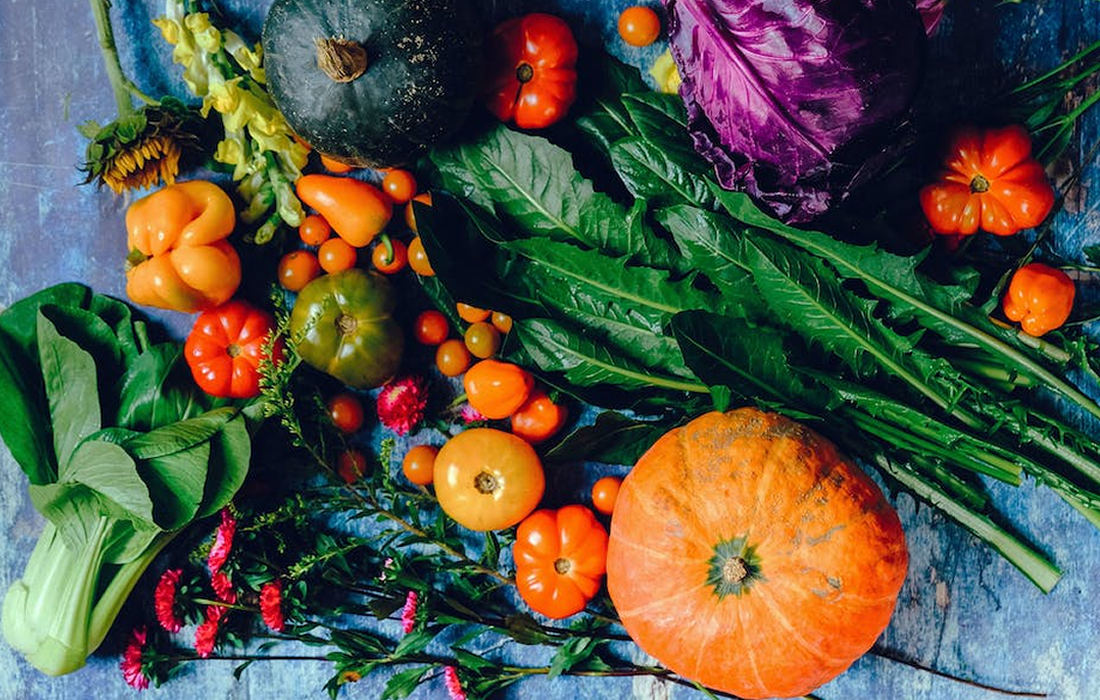Nutrition and Supplements
Colorful Fresh Foods Improve Athletes Vision
Nutrition is an important part of any top athlete’s training program. And now, a new study by researchers from the University of Georgia proposes that supplementing the diet of athletes with colorful fruits and vegetables could improve their visual range.
The paper, which was published in Exercise and Sport Sciences Reviews, examines how a group of plant compounds that build up in the retina, known as macular pigments, work to improve eye health and functional vision.
Previous studies done by UGA researchers Billy R. Hammond and Lisa Renzi-Hammond have shown that eating foods like dark leafy greens or yellow and orange vegetables, which contain high levels of the plant compounds lutein and zeaxanthin, improves eye and brain health.
“A lot of the research into macular lutein and zeaxanthin has focused on health benefits, but from a functional perspective, higher concentrations of these plant pigments improve many aspects of visual and cognitive ability. In this paper, we discuss their ability to improve vision in the far distance or visual range,” said lead author Jack Harth, a doctoral candidate in UGA’s College of Public Health.
Visual range, or how well a person can see a target clearly over distance, is a critical asset for top athletes in almost any sport.
The reason why objects get harder to see and appear fuzzier the farther they are from our eyes is thanks in part to the effects of blue light.
“From a center fielder’s perspective, if that ball’s coming up in the air, it will be seen against a background of bright blue sky, or against a gray background if it’s a cloudy day. Either way, the target is obscured by atmospheric interference coming into that path of the light,” said Harth.
When a person absorbs lutein and zeaxanthin, the compounds collect as yellow pigments in the retina and act as a filter to prevent blue light from entering the eye.
Previous work had been done testing the visual range ability of pilots in the 1980s, and Hammond and Renzi-Hammond have done more recent studies on how macular pigment density, or how much yellow pigment is built up in the retina, is linked to a number of measures of eye health and functional vision tests.
“In a long series of studies, we have shown that increasing amounts of lutein and zeaxanthin in the retina and brain decrease glare disability and discomfort and improve chromatic contrast and visual-motor reaction time, and supplementing these compounds facilitates executive functions like problem-solving and memory. All of these tasks are particularly important for athletes,” said corresponding author Billy R. Hammond, a professor of psychology in the Behavior and Brain Sciences Program at UGA’s Franklin College of Arts and Sciences.
This paper, Harth said, brings the research on these links between macular pigment and functional vision up to date and asks what the evidence suggests about optimizing athletic performance.
But before you start chowing down on kale in the hopes of improving your game, he cautions that everybody is different. That could mean the way our bodies absorb and use lutein and zeaxanthin varies, and it could take a while before you notice any improvements, if at all.
Still, the evidence of the overall health benefits of consuming more lutein and zeaxanthin are reason enough to add more color to your diet, say the authors.
“We have data from modeling and empirical studies showing that higher macular pigment in your retina will improve your ability to see over distance. The application for athletes is clear,” said Harth.
Sources:
Jacob B. Harth, Lisa M. Renzi-Hammond, Billy R. Hammond. A Dietary Strategy for Optimizing the Visual Range of Athletes. Exercise and Sport Sciences Reviews, 2023; Publish Ahead of Print DOI: 10.1249/JES.0000000000000318
University of Georgia. (2023, June 8). Colorful fresh foods improve athletes’ vision: Visual range is a critical asset for top athletes in almost any sport. ScienceDaily. Retrieved June 16, 2023 from www.sciencedaily.com/releases/2023/06/230608120930.htm
Photo by Ella Olsson from Pexels: https://www.pexels.com/photo/variety-of-vegetables-1458694/

